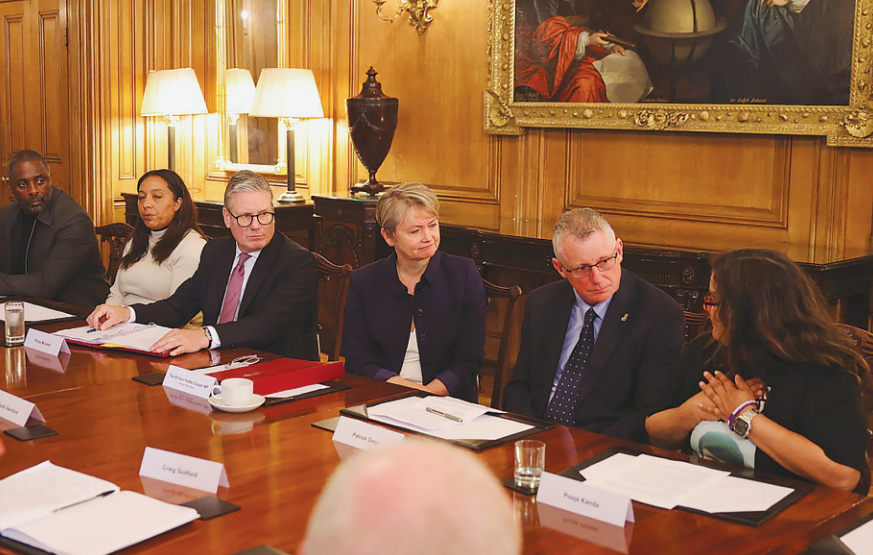Getting to the heart of England's knife crime
Activists, educators aim to stem tide of fear and knife-related violence that is fueling a national crisis


The killing of three young girls at a dance class in the northern English town of Southport in the summer of 2024 was an incident that left a deep mental wound on the entire country.
The circumstances, in such an innocent setting, had overwhelming shock value — but one of the least surprising elements was the weapon the killer used, a knife, because in many parts of the United Kingdom knife crime has become grimly common.
Data published in January 2025 by the Office for National Statistics, or ONS, showed that in the year ending March 2024, there were around 50,500 of fences involving a sharp instrument in England and Wales, excluding the Greater Manchester region, a rise of 4.4 percent on the year 2022-23.
According to The Daily Telegraph newspaper, in the year to September 2024 London and the area covered by the UK's largest police force, the Metropolitan Police, or Met, saw an 18-percent rise in knife incidents, to 16,521.That was more than 2,000 higher than the previous record year, 2019, and the January 2025 data saw the Met region surpass the West Midlands as the area with the highest knife crime rates, accounting for around 29 percent of all knife crime in the country.
It is not just an urban issue — rural areas are now also reporting increases in knife incidents, often linked to children being used to transport drugs.
A recent amnesty allowing for the anonymous, secure disposal of weapons held at St George's Hospital in South London illustrated the extent of the problem.
The hospital was chosen because last year its emergency department treated more than 500 people injured by knives and sharp objects. In six months, 87 knives and similar weapons were handed in.
























